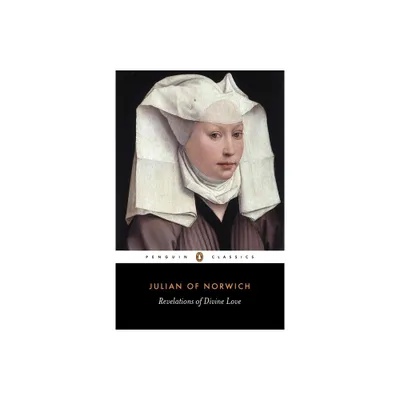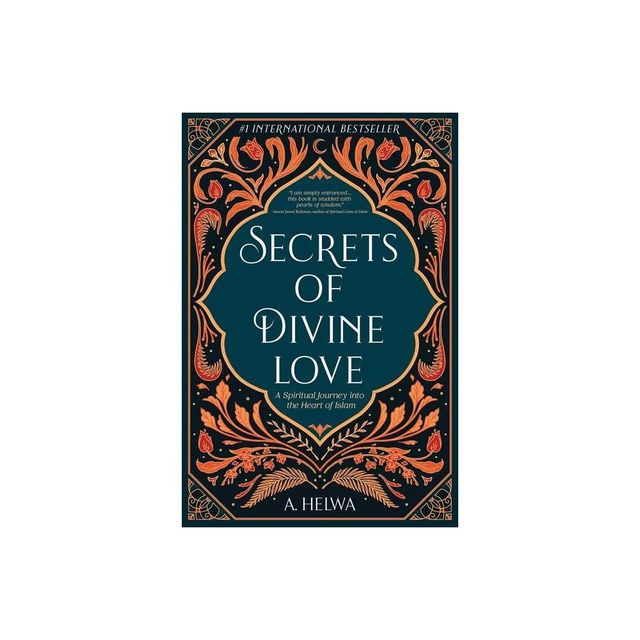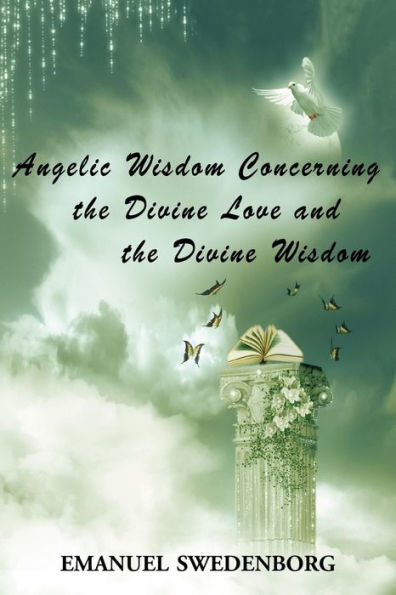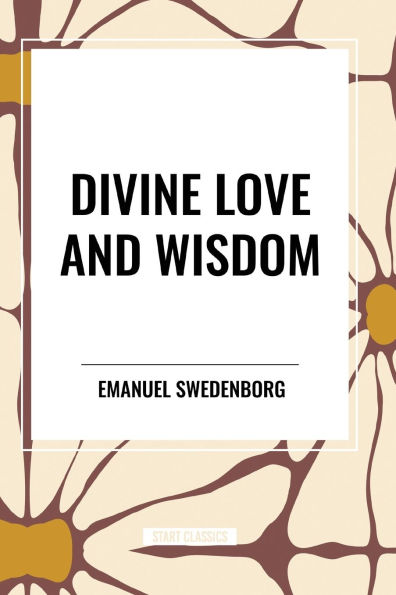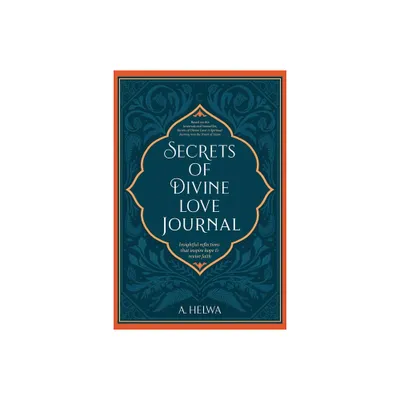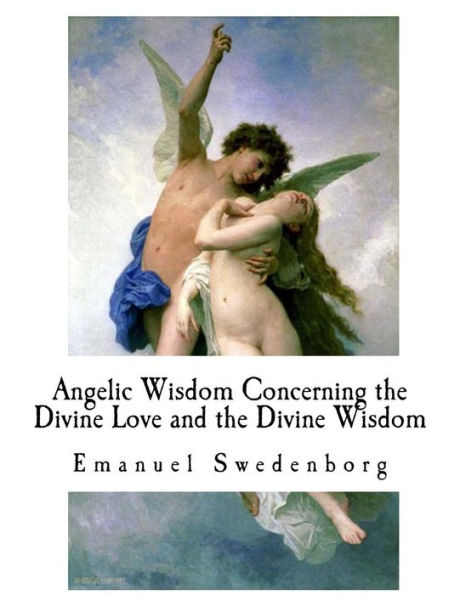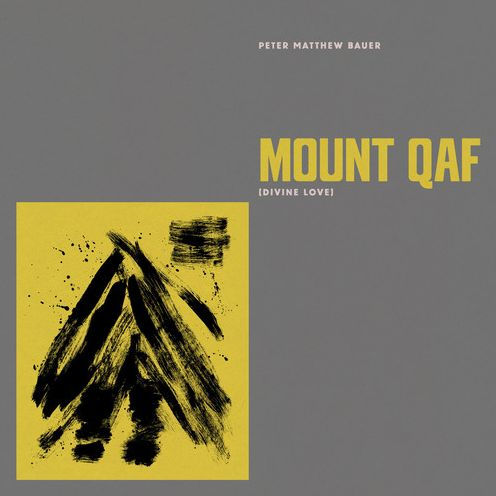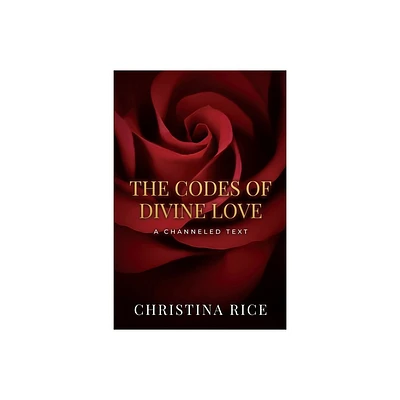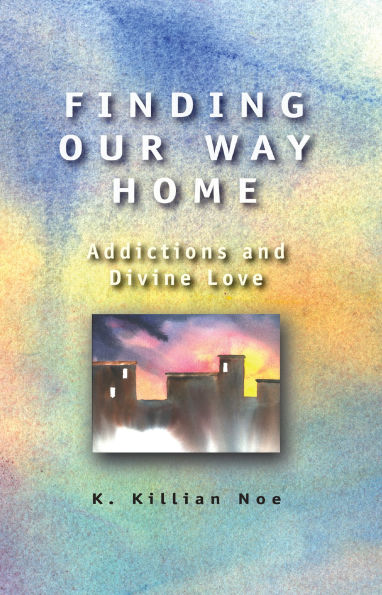Home
Divine Love
Loading Inventory...
Barnes and Noble
Divine Love
Current price: $18.99
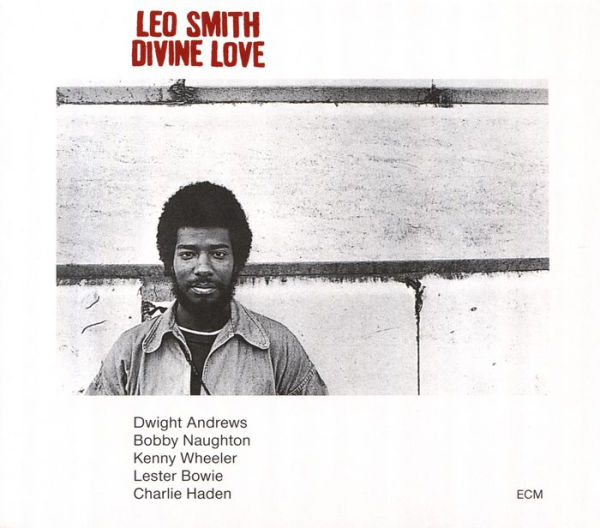

Barnes and Noble
Divine Love
Current price: $18.99
Loading Inventory...
Size: OS
*Product Information may vary - to confirm product availability, pricing, and additional information please contact Barnes and Noble
Composer, improviser, and musical theorist
Wadada Leo Smith
had been approached by
ECM
for years before he finally relented. His recorded documents had previously been issued on his own
Kabell
label, but the desire to circulate his work eventually resulted in
Divine Love
being created for
Manfred Eicher
's label. His working group at the time (
Dwight Andrews
on alto flute, bass clarinet, tenor saxophone, and percussion;
Bobby Naughton
on vibraharp, marimba, and bells) is the featured ensemble on the two bookend works, while "Tastalum," a piece for three muted trumpets, places
Smith
in the company of
Lester Bowie
and
Kenny Wheeler
. From 1970 on,
's scores have been obsessively well-considered. The music for
moved along two distinct lines of demarcation that are amply illustrated. The first was rhythm units; the strategy involves balancing each note produced with an equivalent unit of silence. The second, "Ankhrasmation," is a plotted method of "scored improvisation" wherein he conveys ideas to other musicians with room left for personal interpretation and exploration. The album's two long-form bookends -- the title track and "Spirituals: The Language of Love" -- exemplify the former, while the latter theory animates "Tastalun" at the album's center. The flowing, suite-like structure of the set delivers music to the listener with a cyclical, almost ritualistic feel which deepens considerably with subsequent listens. Drifting through the waves of
Naughton
's mallet percussion on the title track, each cry and whisper from brass, reed, and wind instruments, mbira, vibes, bells, and gongs, arrives from the ether but is fully present, seemingly without origin or, for that matter, a horizon. On the much briefer "Tastalun" (under seven minutes),
,
Bowie
, and
Wheeler
act spontaneously but with intention, framing the gauzy lines of the composition while deliberately making them permeable, like controlled breathing. It is among the most harmonically astute and emotionally resonant of
's compositions. On the closing "Spirituals: The Language of Love," bassist
Charlie Haden
joins
's trio in re-examining all that has transpired up to this point in order to rediscover the album's spark of creation, then transforms it. Traces of modal blues, age-old pop melodies, Afro-Caribbean folk songs, and more emerge to be folded into
's ethereal quilt of space, silence, and sound. This work demanded a special type of concentration and economy from the performers. They ably resisted the myriad temptations of '70s vanguard jazz to insist that the negative spaces -- no notes, just the ghost traces of those that came before -- got equal say in developing conversations. While
's vibes and marimbas added a nearly pervasive sense of unforced lyricism, warmth, and beauty, it is
Andrews
' alto flute that provides listeners the emotional center on the album.
acts as conductor, soloist, and his own sideman here; he opens the field on
through the authority of his players, each of whom receives the colorful possibilities he presents with unguarded openness and the desire to expand on them. ~ Thom Jurek
Wadada Leo Smith
had been approached by
ECM
for years before he finally relented. His recorded documents had previously been issued on his own
Kabell
label, but the desire to circulate his work eventually resulted in
Divine Love
being created for
Manfred Eicher
's label. His working group at the time (
Dwight Andrews
on alto flute, bass clarinet, tenor saxophone, and percussion;
Bobby Naughton
on vibraharp, marimba, and bells) is the featured ensemble on the two bookend works, while "Tastalum," a piece for three muted trumpets, places
Smith
in the company of
Lester Bowie
and
Kenny Wheeler
. From 1970 on,
's scores have been obsessively well-considered. The music for
moved along two distinct lines of demarcation that are amply illustrated. The first was rhythm units; the strategy involves balancing each note produced with an equivalent unit of silence. The second, "Ankhrasmation," is a plotted method of "scored improvisation" wherein he conveys ideas to other musicians with room left for personal interpretation and exploration. The album's two long-form bookends -- the title track and "Spirituals: The Language of Love" -- exemplify the former, while the latter theory animates "Tastalun" at the album's center. The flowing, suite-like structure of the set delivers music to the listener with a cyclical, almost ritualistic feel which deepens considerably with subsequent listens. Drifting through the waves of
Naughton
's mallet percussion on the title track, each cry and whisper from brass, reed, and wind instruments, mbira, vibes, bells, and gongs, arrives from the ether but is fully present, seemingly without origin or, for that matter, a horizon. On the much briefer "Tastalun" (under seven minutes),
,
Bowie
, and
Wheeler
act spontaneously but with intention, framing the gauzy lines of the composition while deliberately making them permeable, like controlled breathing. It is among the most harmonically astute and emotionally resonant of
's compositions. On the closing "Spirituals: The Language of Love," bassist
Charlie Haden
joins
's trio in re-examining all that has transpired up to this point in order to rediscover the album's spark of creation, then transforms it. Traces of modal blues, age-old pop melodies, Afro-Caribbean folk songs, and more emerge to be folded into
's ethereal quilt of space, silence, and sound. This work demanded a special type of concentration and economy from the performers. They ably resisted the myriad temptations of '70s vanguard jazz to insist that the negative spaces -- no notes, just the ghost traces of those that came before -- got equal say in developing conversations. While
's vibes and marimbas added a nearly pervasive sense of unforced lyricism, warmth, and beauty, it is
Andrews
' alto flute that provides listeners the emotional center on the album.
acts as conductor, soloist, and his own sideman here; he opens the field on
through the authority of his players, each of whom receives the colorful possibilities he presents with unguarded openness and the desire to expand on them. ~ Thom Jurek
